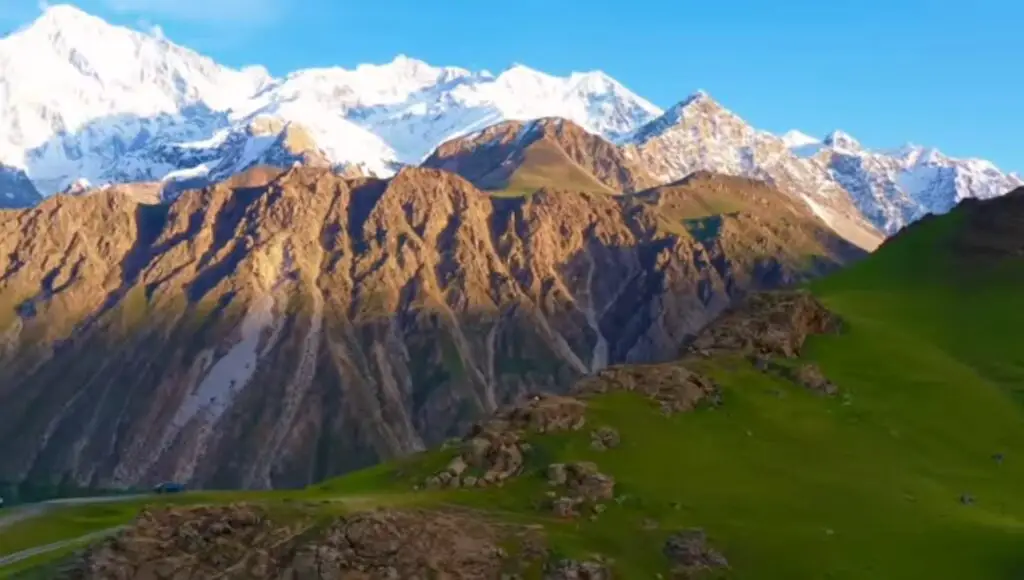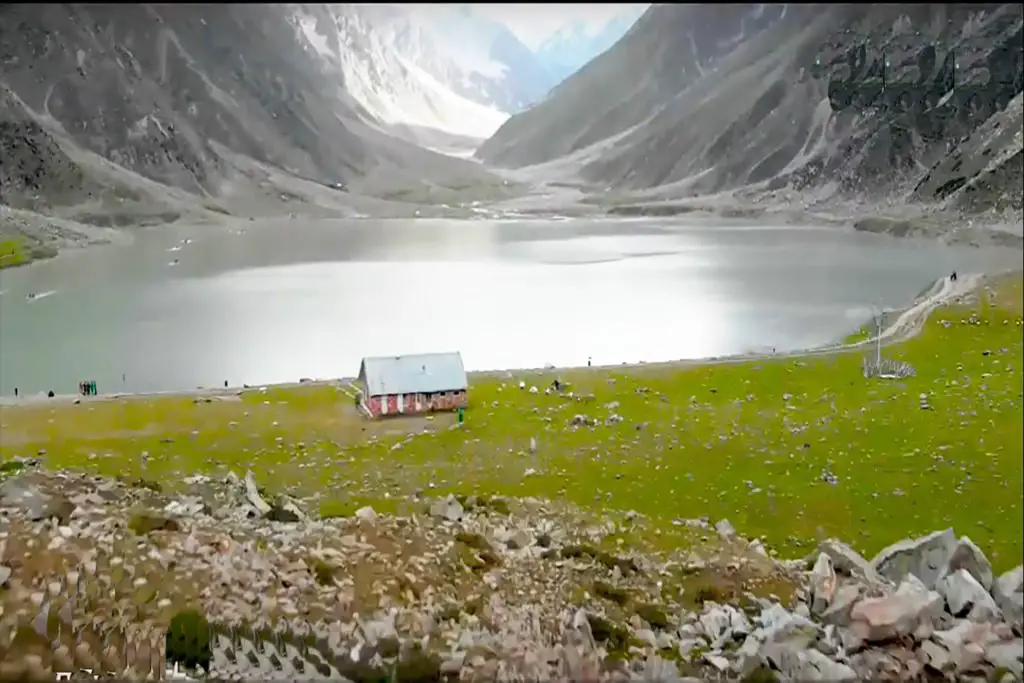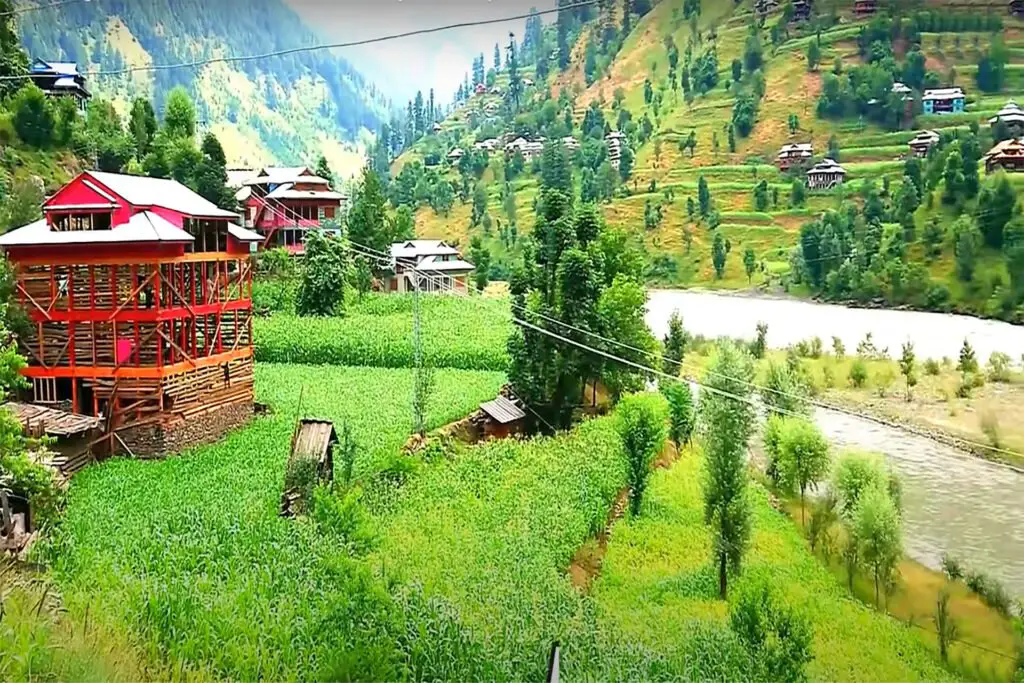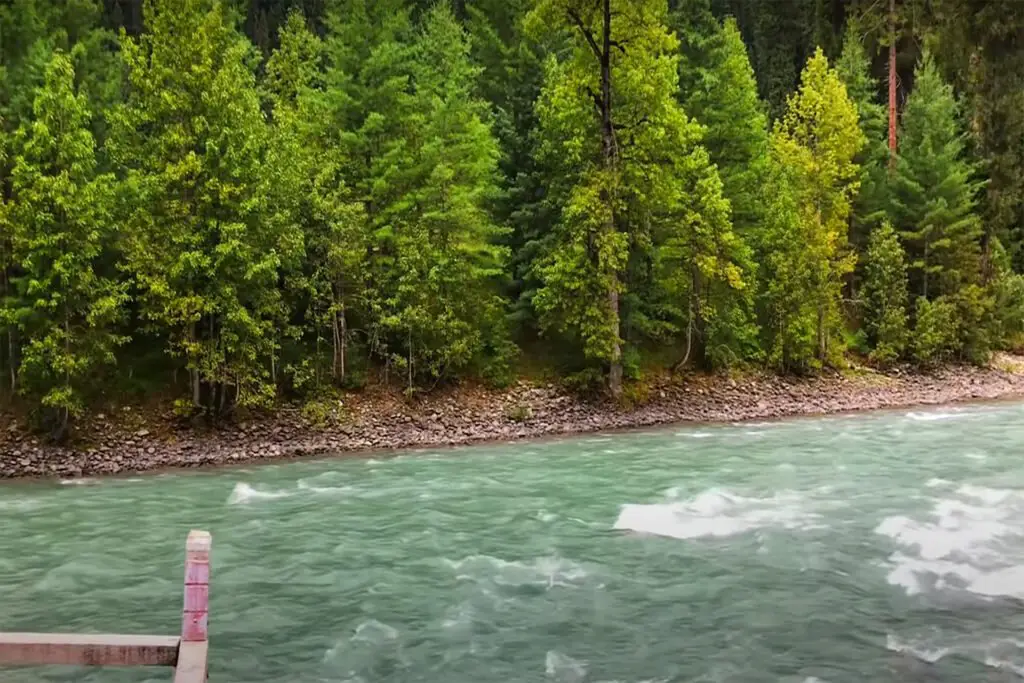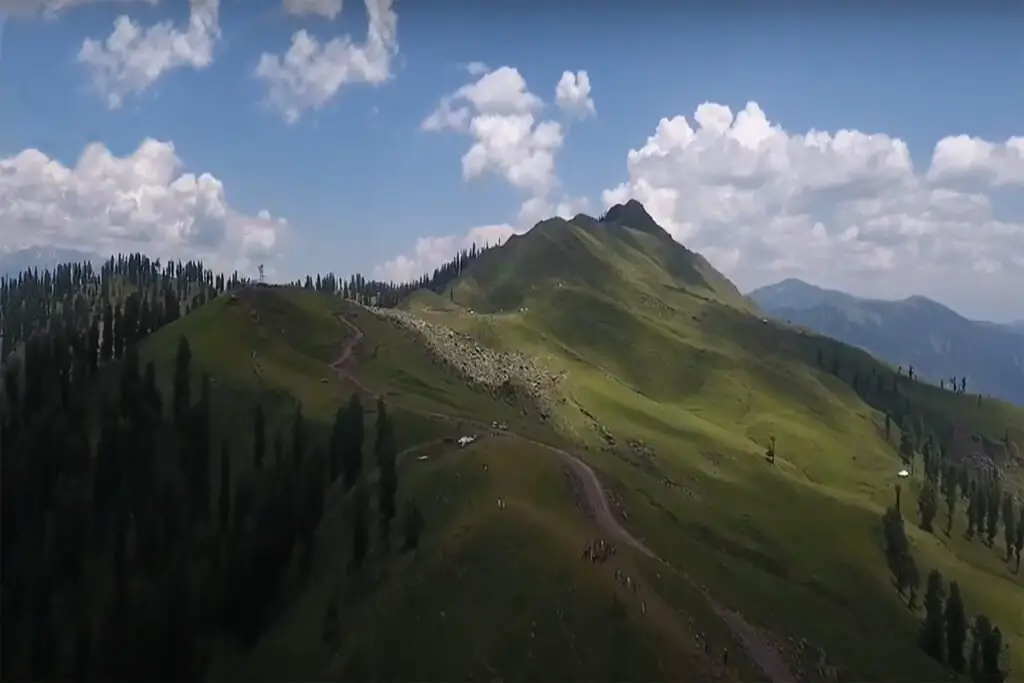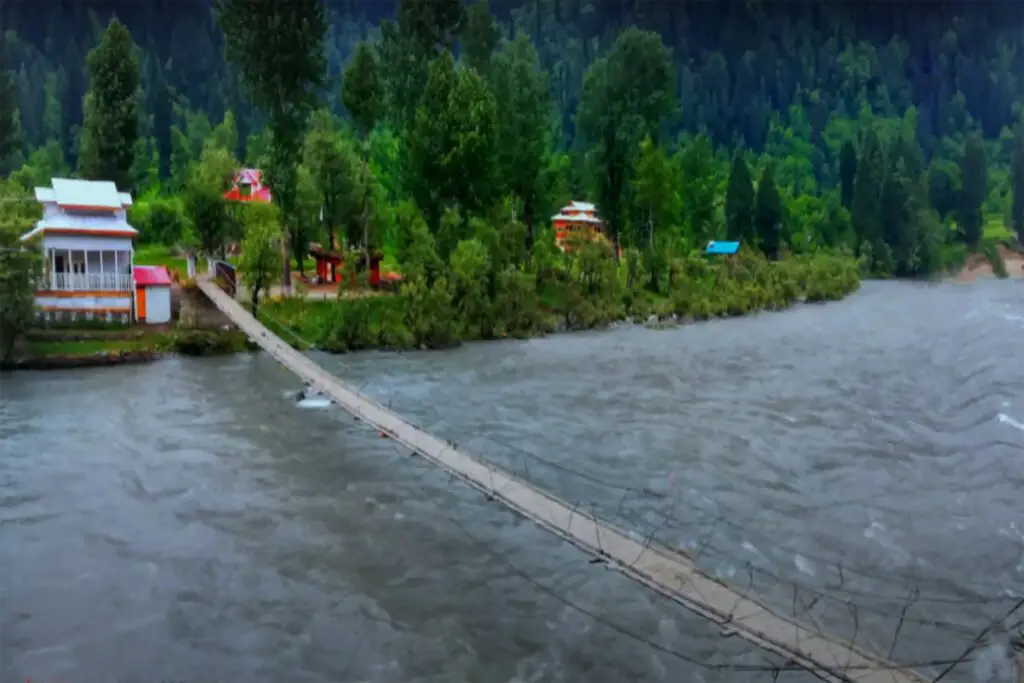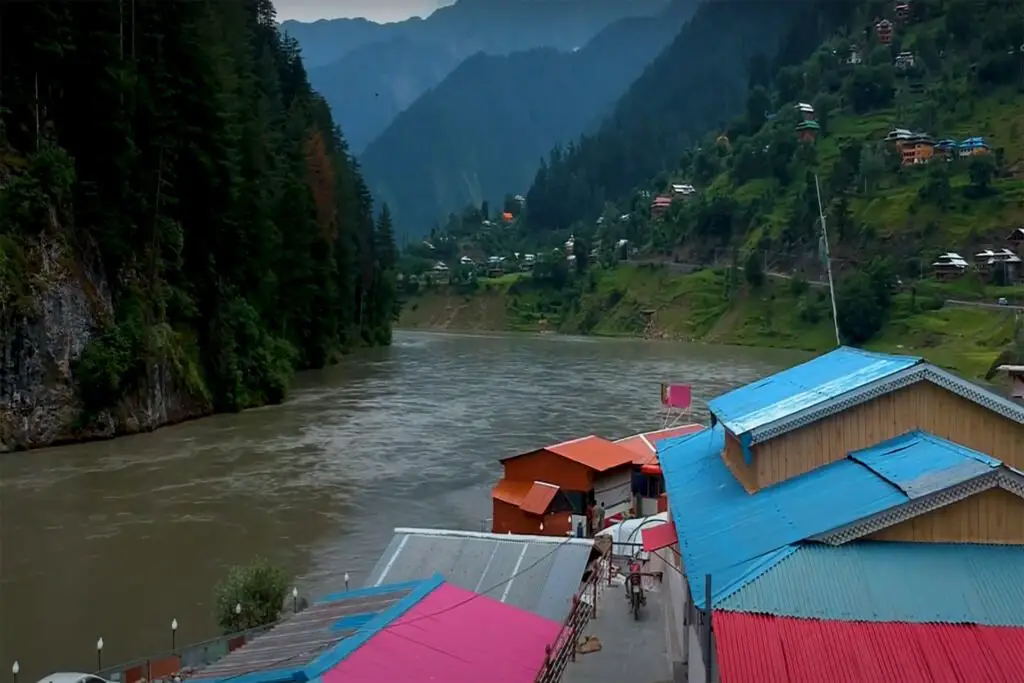Chitral is a beautiful and unique district in Northern Pakistan. Chitral Pakistan offers tourists a chance to explore the stunning landscapes, unique culture, and friendly people of the region. Whether you’re interested in history, architecture, or natural beauty, Chitral is sure to have something for everyone.
Location of Chitral, Pakistan
Chitral is a beautiful district in the Khyber Pakhtunkhwa province of Pakistan. It is located in the northern part of the country and is known for its stunning landscapes, unique culture, and friendly people. In this article, we’ll explore the history, geography, and attractions of Chitral.
History and Geography of Chitral:
Chitral has a rich history that dates back thousands of years. The region was part of the ancient Gandhara civilization and was later ruled by various dynasties, including the Kushans, the Ghaznavids, and the Timurids. In the 19th century, Chitral became an independent state under the rule of the Mehtar of Chitral.
Chitral is located in the northern part of Pakistan and is bordered by Afghanistan to the west and north, the Gilgit-Baltistan region to the east, and the Khyber Pakhtunkhwa province to the south. The region is known for its rugged mountains, stunning valleys, and crystal-clear rivers.
Attractions in Chitral Valley:
Chitral Pakistan is home to several stunning attractions that draw tourists from all over the world. Some of the most popular attractions include:
- Chitral Fort: Also known as the Shahi Qila, the Chitral Fort is a stunning piece of architecture that dates back to the 14th century. The fort was built by the Chitrali rulers and is now a popular tourist attraction.
- Kalash Valleys: The Kalash Valleys are a group of three valleys located in the southern part of Chitral Pakistan. The valleys are home to the unique Kalash people, who have their own language, culture, and traditions.
- Garam Chashma: Garam Chashma is a stunning hot spring located in the Chitral district. The hot spring is known for its healing properties and is a popular destination for tourists looking to relax and rejuvenate.
- Shandur Pass: The Shandur Pass is a high mountain pass located at an altitude of 3,700 meters (12,000 feet). The pass is famous for its annual polo tournament, which is held between the teams from Chitral and Gilgit-Baltistan.
What is Chitral famous for?
Chitral is famous for its stunning natural beauty, rich cultural heritage, and unique traditions. Located in the northwestern part of Pakistan, Chitral is a district in the Khyber Pakhtunkhwa province and is renowned for the following:
- Scenic Landscape: Chitral is surrounded by the majestic Hindu Kush mountains, offering breathtaking vistas of snow-capped peaks, lush green valleys, and crystal-clear rivers. The region’s natural beauty attracts adventurers, hikers, and nature enthusiasts from around the world.
- Kalash Valley and Kalash People: One of the main highlights of Chitral is the Kalash Valley, home to the Kalash people, a unique ethnic group with a distinct language, culture, and religious beliefs. The Kalash community practices a form of ancient polytheistic religion, making them a subject of fascination for anthropologists and tourists alike.
- Chitral Gol National Park: This protected area in Chitral is known for its diverse wildlife, including the elusive snow leopard, ibex, markhor, and various bird species. The national park offers opportunities for wildlife viewing and nature exploration.
- Chitral Fort: The Chitral Fort, also known as the Mehtar’s Fort, is an iconic historical landmark in the region. It was built in the 14th century and served as the residence of the Mehtar (ruler) of Chitral.
- Chitral Polo: The region is famous for its unique style of polo, known as “Chitral Polo.” It is played on a large field with no goalposts, and the game can last for several days. The annual Shandur Polo Festival, held at the Shandur Pass between Chitral Pakistan and Gilgit, attracts thousands of spectators and players from the region.
- Traditional Festivals: Chitral Pakistan hosts various colorful and vibrant festivals that showcase the region’s cultural richness. The Chilim Jushi Festival and the Uchal Festival are significant events celebrated by the Kalash community.
- Handicrafts: Chitral is known for its traditional handicrafts, including embroidered textiles, woolen shawls, and intricate woodwork. Visitors often purchase these unique crafts as souvenirs.
- Hospitality: The people of Chitral Pakistan are known for their warm hospitality and welcoming nature. Visitors often have memorable experiences interacting with the locals and learning about their customs and traditions.
Chitral’s allure lies in its enchanting landscapes, rich cultural heritage, and the opportunity to immerse oneself in a world untouched by modernization. It remains a gem for those seeking an authentic and off-the-beaten-path travel experience in Pakistan.
Religion of Chitrali People
The predominant religion of Chitral is Islam. The majority of the population in Chitral practices Sunni Islam, which is the largest branch of Islam worldwide. Sunni Islam follows the teachings and practices of Prophet Muhammad (Peace Be Upon Him), and it constitutes the majority of the Muslim population in Pakistan.
However, Chitral Pakistan is also known for its unique cultural diversity, and there is a small religious minority in the region known as the Kalash people. The Kalash community, residing in the Kalash Valley of Chitral, Pakistan, practices a form of ancient polytheistic religion. Their beliefs and rituals are distinct from mainstream Islam, and they have their own set of religious practices, festivals, and customs.
The Kalash people have managed to preserve their pre-Islamic traditions and customs despite living in a predominantly Muslim region. As a result, the Kalash Valley and its inhabitants have become a subject of fascination for both domestic and international tourists, as they offer a unique glimpse into ancient cultural practices that predate the arrival of Islam in the region.
It is important to note that while the Kalash people practice a different religion, they coexist peacefully with their Muslim neighbors, and there is a spirit of tolerance and acceptance in Chitral Pakistan. The region is an example of the religious and cultural diversity that exists within Pakistan, making it an intriguing destination for those interested in exploring different aspects of the country’s heritage.
Chitral Vs. Kalash
Chitral and Kalash are not the same, but they are related to each other. Chitral is a district located in the Khyber Pakhtunkhwa province of Pakistan. It is a region known for its stunning natural beauty, surrounded by the Hindu Kush mountains, and is home to diverse cultural communities.
The Kalash, on the other hand, refers to a specific ethnic and cultural group that resides in the Kalash Valley, which is part of the Chitral district. The Kalash people are a unique community with their own distinct language, culture, and religious beliefs.
- Chitral is a district in Khyber Pakhtunkhwa, Pakistan.
- The Kalash Valley is located within the Chitral district.
- The Kalash people are an ethnic group residing in the Kalash Valley, which is a part of Chitral.
The Kalash people are famous for their ancient polytheistic religion and vibrant festivals, making them a subject of interest for anthropologists and tourists seeking to experience their unique culture and customs. While the Kalash Valley is a part of Chitral Pakistan, it is essential to differentiate between the district and the specific ethnic group residing in the valley.
What are Chitral people called?
The people of Chitral Pakistan are generally referred to as “Chitralis.” Chitralis are the inhabitants of the Chitral district, which is located in the Khyber Pakhtunkhwa province of Pakistan. They are known for their warm hospitality, unique cultural traditions, and their strong sense of identity and pride in their region.
Chitralis predominantly follow Sunni Islam, which is the majority religion in the region. However, as mentioned earlier, there is also a small religious minority in Chitral known as the Kalash people, who practice a form of ancient polytheistic religion.
The Chitralis, with their diverse cultural heritage and stunning natural surroundings, attract tourists and visitors from around the world, making the region a popular destination for those seeking an authentic and off-the-beaten-path travel experience in Pakistan.
Language of Chitral Pakistan
The people of Chitral Pakistan, known as Chitralis, speak several languages due to the region’s diverse cultural and ethnic makeup. The main languages spoken in Chitral include:
- Khowar (Chitrali): Khowar is the most widely spoken language in Chitral and serves as the lingua franca of the region. It belongs to the Dardic group of the Indo-Aryan languages and is written in the Arabic script. Khowar is used for communication among people from different ethnic backgrounds in Chitral Pakistan.
- Kalash: The Kalash people, who reside in the Kalash Valley within Chitral, Pakistan have their own distinct language, known as the Kalash language. It is an Indo-European language and is unrelated to the majority of languages spoken in the region. The Kalash language is part of the Dardic family, like Khowar.
- Pashto: In some areas of Chitral, Pakistan especially in the southern parts, Pashto is also spoken, as it is the predominant language in the broader Khyber Pakhtunkhwa province. Pashto is an Indo-European language and belongs to the Eastern Iranian branch.
- Other Languages: Additionally, smaller ethnic groups within Chitral, Pakistan may speak their own languages or dialects, such as Wakhi, Shina, and Gujari, among others.
The linguistic diversity of Chitral Pakistan reflects the region’s rich cultural tapestry, with various communities coexisting and communicating through their native tongues. Khowar remains the most widely understood language across the different ethnic groups in Chitral, facilitating communication and fostering a sense of unity in this diverse region.
When did Chitral join Pakistan?
Chitral acceded to Pakistan in 1947. On August 14, 1947, when Pakistan gained independence from British rule, Chitral, like other princely states in the region, had the option to join either Pakistan or India. The ruler of Chitral at that time, Shah Nasir-ul-Mulk, chose to accede to Pakistan. His decision was influenced by the predominantly Muslim population of Chitral and its geographical proximity to Pakistan.
After acceding to Pakistan, Chitral became a part of the newly formed country and was integrated into the administrative and political structure of Pakistan. Today, Chitral is a district within the Khyber Pakhtunkhwa province of Pakistan and is governed by the central and provincial authorities of the country.
It is important to note that Chitral’s accession to Pakistan was a significant event in the process of the formation of Pakistan as a sovereign nation. The accession of various princely states, including Chitral, played a crucial role in shaping the borders and identity of Pakistan as a modern nation-state.
What is the old name of Chitral?
The old name of Chitral Pakistan was “Kashmir-e-Buzurg.” In historical records and ancient texts, Chitral was often referred to by this name, which translates to “Greater Kashmir” or “Greater Chitral.” It signified the region’s significance and its association with the larger Kashmir region.
Chitral’s historical importance can be traced back several centuries, and it was an important center of trade and culture along the ancient Silk Road. The region was inhabited by various ethnic groups, including the Kho people, who eventually came to be known as Chitralis.
Over time, the name “Kashmir-e-Buzurg” evolved and eventually gave way to the present name “Chitral.” The origins of the name “Chitral” are not entirely clear, but it is believed to have originated from the Khowar language, the predominant language spoken in the region. Chitral, Pakistan has been known by this name since the 19th century and continues to be referred to as such to this day.

